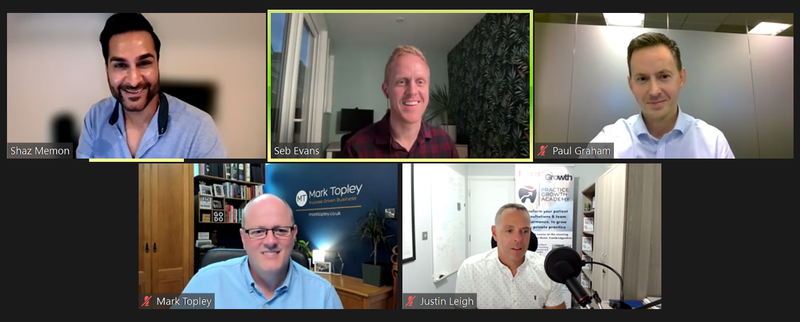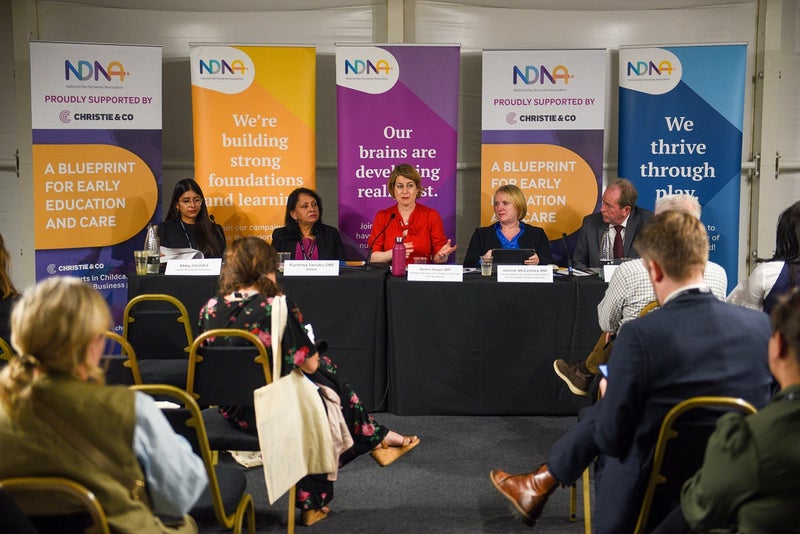Christie & Co launches ECEC report looking at global workforce trends
Specialist business property advisor, Christie & Co launches its inaugural report on the Early Childhood Education and Care (ECEC) sector. The report, Early Childhood Education and Care Workforce Trends & Associated Factors, reviews demand drivers, childcare models and funding worldwide including key themes such as qualification requirements, ratios, the relationship between funding and parental leave, and the ‘Childcare Gap’.
Read the full report here
Across the countries of focus, including the UK, France, Germany, the Nordic countries, Australia, the US and Japan, demand drivers for the sector generally remain very positive and are likely to remain so. The sector is seen as providing a vital service to many families which is delivered by excellent operators who are passionate about the care and educational input they provide. Whilst there are many structural and cultural variances, the role of the workforce is crucial to the delivery of effective early years provision.
Christie & Co’s research, which included a survey of operator across these multiple jurisdictions, found that average ECEC staff cost margins, expressed as a percentage of revenues, range from 35-80%, with the ratio of children to staff member being a critical factor in determining the level of staff costs. There are many factors impacting staff ratios including regulatory requirements, qualification levels, the age range of the children and operational factors associated with different operating environments, including accommodation, layout and configuration of space. Over recent years there has been considerable debate on whether there may be scope to relax ratio requirements in England, stemming from the DofE ‘More Great Childcare’ report published in January 2013, however many providers and parents expressed concerns about a potentially adverse effect on quality and a two-tier market of provision arising.
The qualification requirements by country vary greatly, and the UK stands out as a country where school leavers can be employed in a day nursery setting with no formal qualifications. However, there is considerable competition for prospective trainee nursery practitioners from other industries including retail and leisure businesses which creates challenges in terms of recruitment and retention. Following Christie & Co’s in-depth operator survey and roundtable events a key recommendation was to strive for the professional status of ECEC practitioners to be raised and boost the qualifications of ECEC staff. Improving access to an eager and qualified workforce, ensuring adequate funding in order to enable providers to attract, recruit and retain professional early childhood educators and practitioners are some of the many challenges which need to be addressed, strategically reviewed and implemented. These are key to the outcomes of our children’s global futures and the strength and stability of the sector.
The report looked at the relationship between funding and parental leave across the countries of focus and found that countries with more government funding led to children going into ECEC group settings earlier than markets dominated by private pay. There is a considerable variation on how the ECEC provision is funded, the age range where subsidies are available and, for countries where parents are required to pay, the impact of this cost. The UK stands out as having the joint second lowest level of average government expenditure per child, per year, despite being one of the countries offering between 10-30 subsidised hours. The implication of this is that the cost falls to parents as opposed to the state and therefore helps to explain the frequent reference to England’s childcare costs being some of the highest in Europe.
Finally, the report revealed a significant ‘Childcare Gap’ in the UK ECEC sector when compared to other childcare models in various established markets in Europe and across the globe. One focus of the report is the period between the end of maternity leave and the entitlement to childcare begins, with key factors being maternity leave, legal entitlement to childcare and compulsory school age. Key drivers identified are the overall population of the countries, the population of 0-4-year olds, trends in birth rates, employment trends and the demand for childcare. There is a significant variance in the childcare gap per county with the UK and France standing out, due to the limited amount of fully paid maternity leave; 6 weeks and 15 weeks respectively, as a comparison, Denmark is 32 weeks paid maternity leave. In countries such as the Nordics, there is a smaller childcare gap, mainly because children are legally entitled to a childcare place from an earlier age and the governments are responsible for ensuring this demand is met. In the UK and France, the gap is comparatively large as fully paid maternity leave is relatively low and children are not entitled to childcare or ‘funded hours’ until they reach three years of age.
Courteney Donaldson, Managing Director, Childcare & Education at Christie & Co comment, “Due to our profile as leading ECEC experts our team are privileged to visit 1,000+ settings each year across Europe, The Middle East, Asia, China, Hong Kong and Japan. Whenever we are assisting clients, no matter whether they may be across the world, it’s always fascinating to meet with owners and in understanding the nuances associated to their individual ECEC centre, observe the commonalities between ECEC settings worldwide, despite the varied economic, regulatory, and demographic landscapes and despite the geographic distances between them. This year I celebrate my 20th Anniversary at Christie & Co. The ECEC landscape has changed in so many ways over the past two decades. I was very fortunate to have access to a high quality ECEC setting that cared for and nurtured my son, he now, some 20 years on has been making his own contribution to delivering high quality ECEC in China – but the landscape has changed. This report has been produced out of a desire to investigate and compare the UK ECEC operational landscape against other selected countries, doing so with long term sustainability and the highest quality of ECEC outcomes, and workforce at the forefront of our thoughts. We have produced this report with the hope to inform, encourage and stimulate debate about ECEC workforce trends.”
Michael Hodges, Head of Consultancy – Healthcare at Christie & Co comments, “Christie & Co is proud to work in the early years market which, as this report shows is a hugely important global sector. Through comparing and contrasting the different countries, it is clear that there are many cultural, structural and regulatory variances although there are also key themes which emerge and transcend country boundaries. Very positively, investor demand and appetite for ECEC businesses remains good due to the strong underlying demand drivers which are underpinned by need and demographic trends. What is really impressive is the level of passion shown by so many operators to the sector they serve as they strive to provide the best possible outcomes for the children whilst navigating around workforce and funding related challenges.”
Find the full report here
Or get in touch with our team

Courteney Donaldson
Managing Director – Childcare & Education
E: Courteney.Donaldson@christie.com

Michael Hodges
Managing Director – Care Consultancy
E: Michael.Hodges@christie.com



















